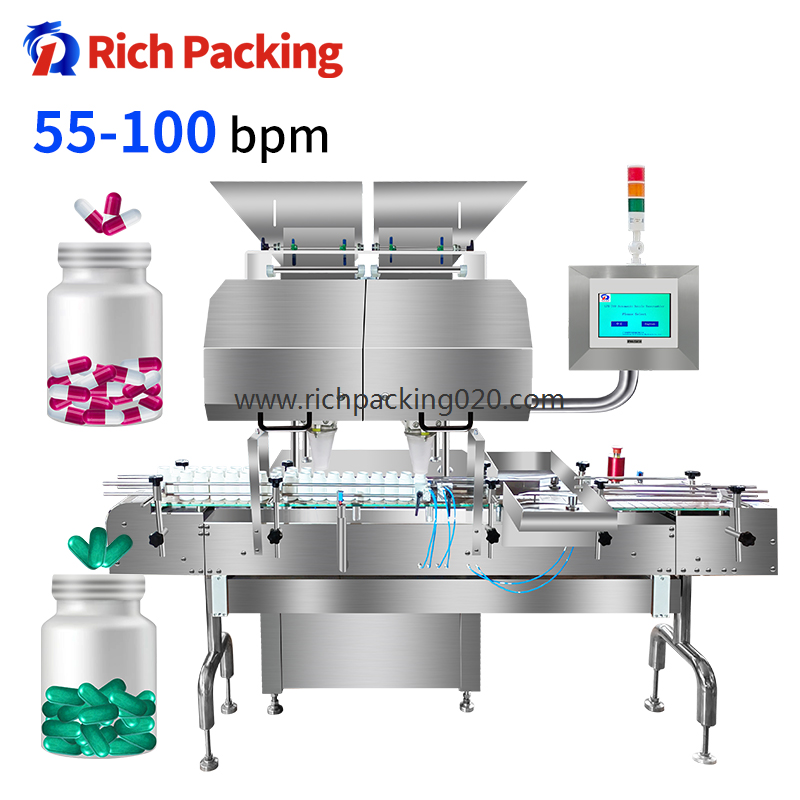HOT PRODUCTS
Details
 Home
> NEWS
> Industry News > Details
Home
> NEWS
> Industry News > Details
Troubleshooting of Bubble Cover Forming Problem of Aluminum-Plastic Bubble Cover Packaging Machine
Troubleshooting of Bubble Cover Forming Problem of Aluminum-Plastic Bubble Cover Packaging Machine
Plate automatic blister packing machine, driven by servo motor, has better accuracy, more stable operation and more convenient and fast adjustment. DPP-260s aluminum plastic machine can pack tablets, milk tablets, etc., and can also pack large size materials such as capsules, sweets, electronic cigarettes, disposable syringes and specialties, perfume, ketchup, soft capsules, candy, big honey pills, injection and vials of sterile powder vial. This series DPP-260S is a multi-purpose machine of aluminium-plastic/paper-plastic and aluminium-aluminium. It has the functions of automatic forming, feeding, sealing and servo traction. It meets the requirements of GMP production. It is an ideal product for mass production in pharmaceutical, health products, chemical, electronic and food industries.
It is unavoidable that there are some minor problems in the long-term use of the multi-functional flat-panel aluminum-plastic foam cap packaging machine. At this time, we must learn how to analyze and solve them. According to the production experience, we find that the multi-functional aluminum-plastic packaging machine is easy to have problems in the use of foam cap forming, hot-pressing sealing and so on. Here, we briefly introduce how to solve these problems.
According to the principle that the foam cover is formed by heating the PVC film (hard sheet) through the die and using compressed air or vacuum to form the desired shape and size of the foam cover, when the foam cover appears problems, the following aspects should be solved:
(1) Whether the PVC film (hard sheet) is a qualified product;
(2) Whether the temperature of the heating device is too high or too low;
(3) Whether the surface of heating device adheres to PVC or not;
(4) Whether the moulds are qualified, whether the moulding holes are smooth and whether the air holes are unobstructed;
(5) Whether the cooling system of the forming die works normally and effectively.





